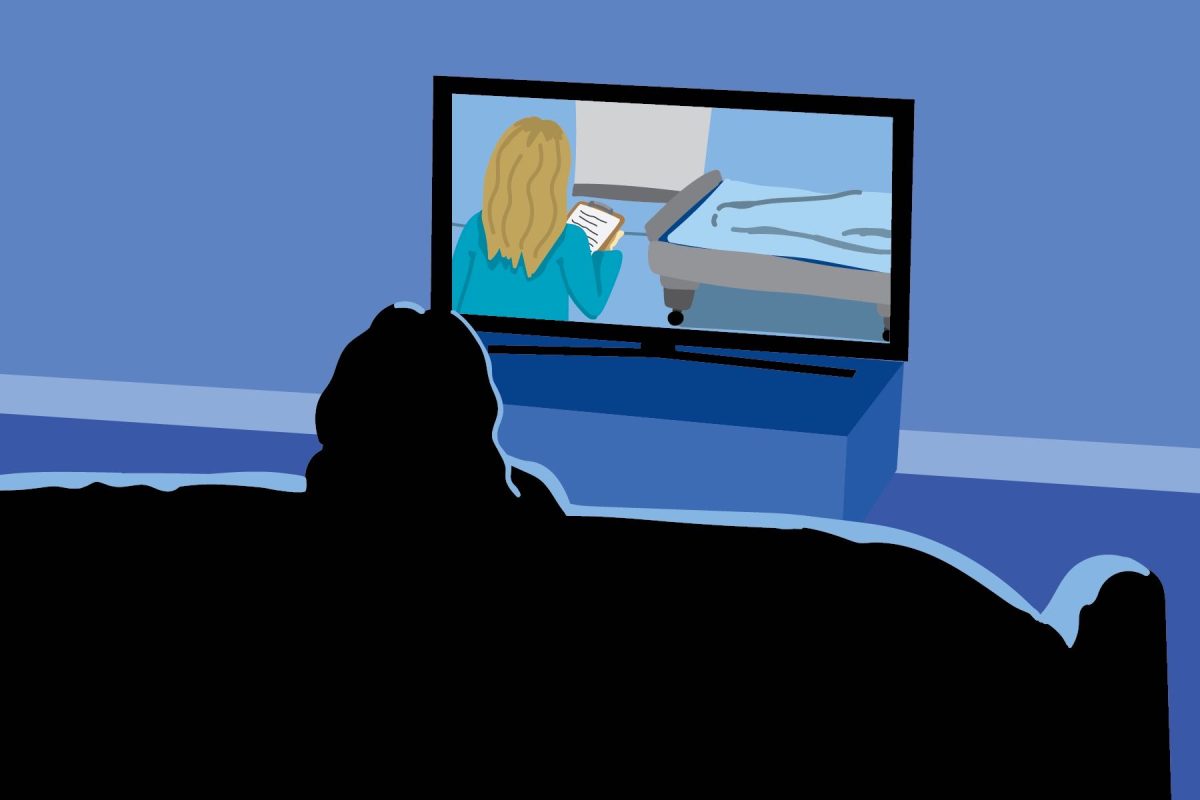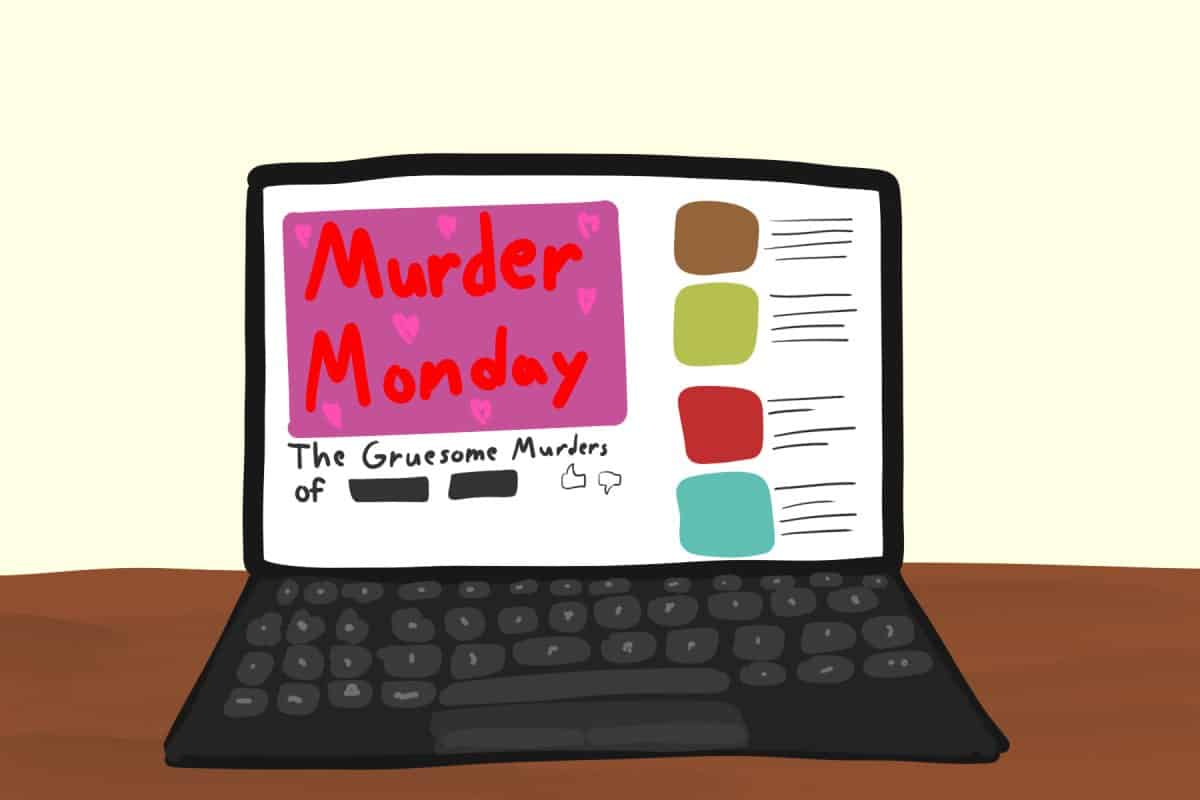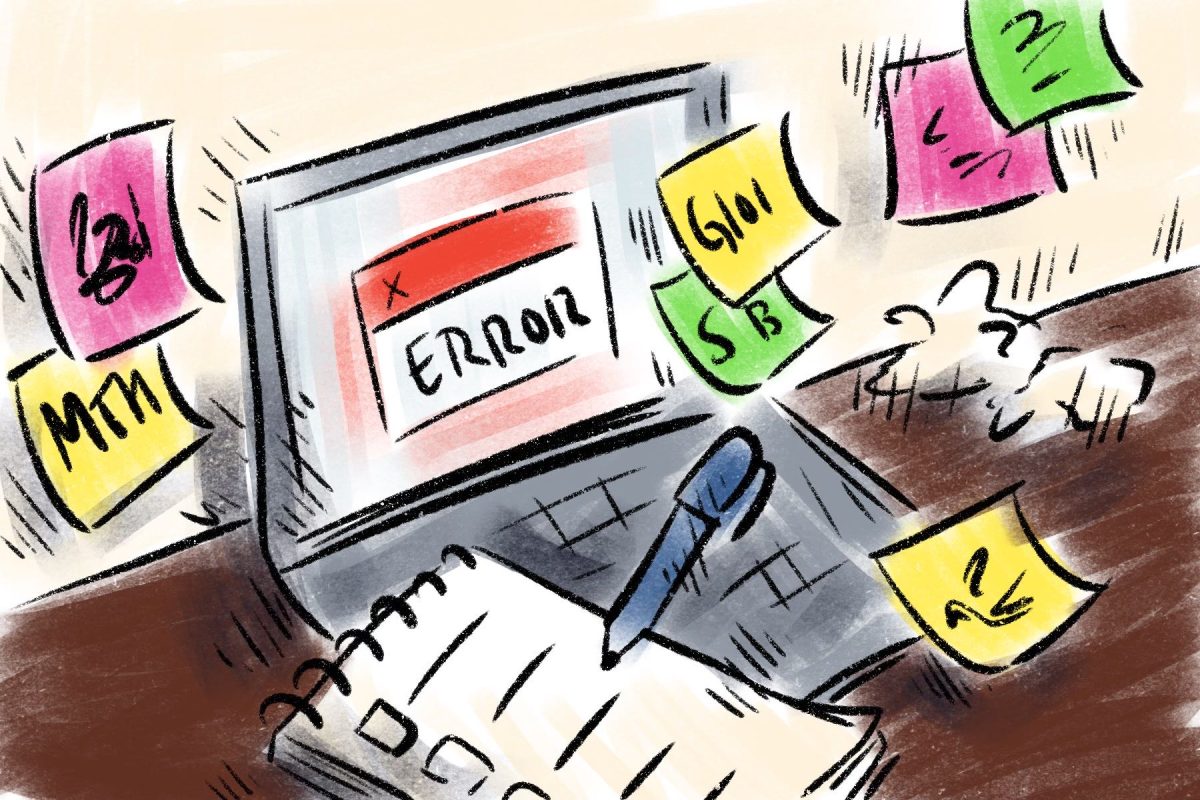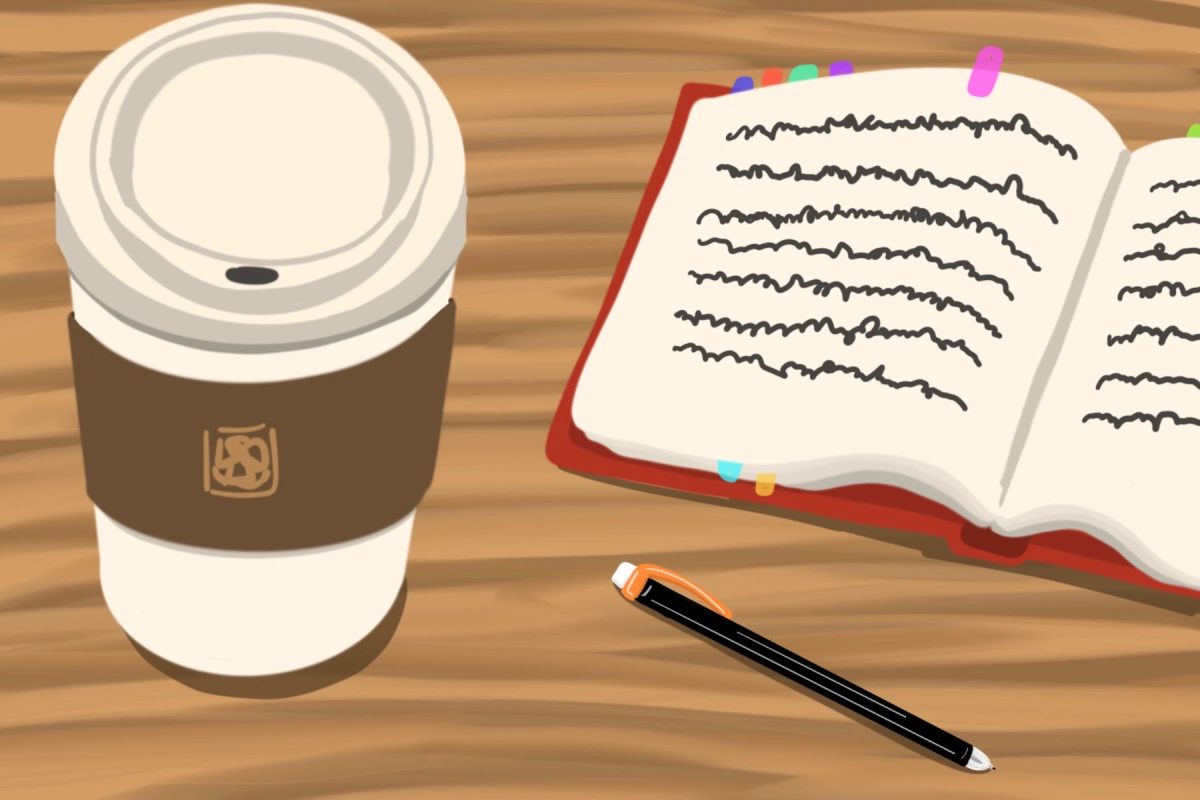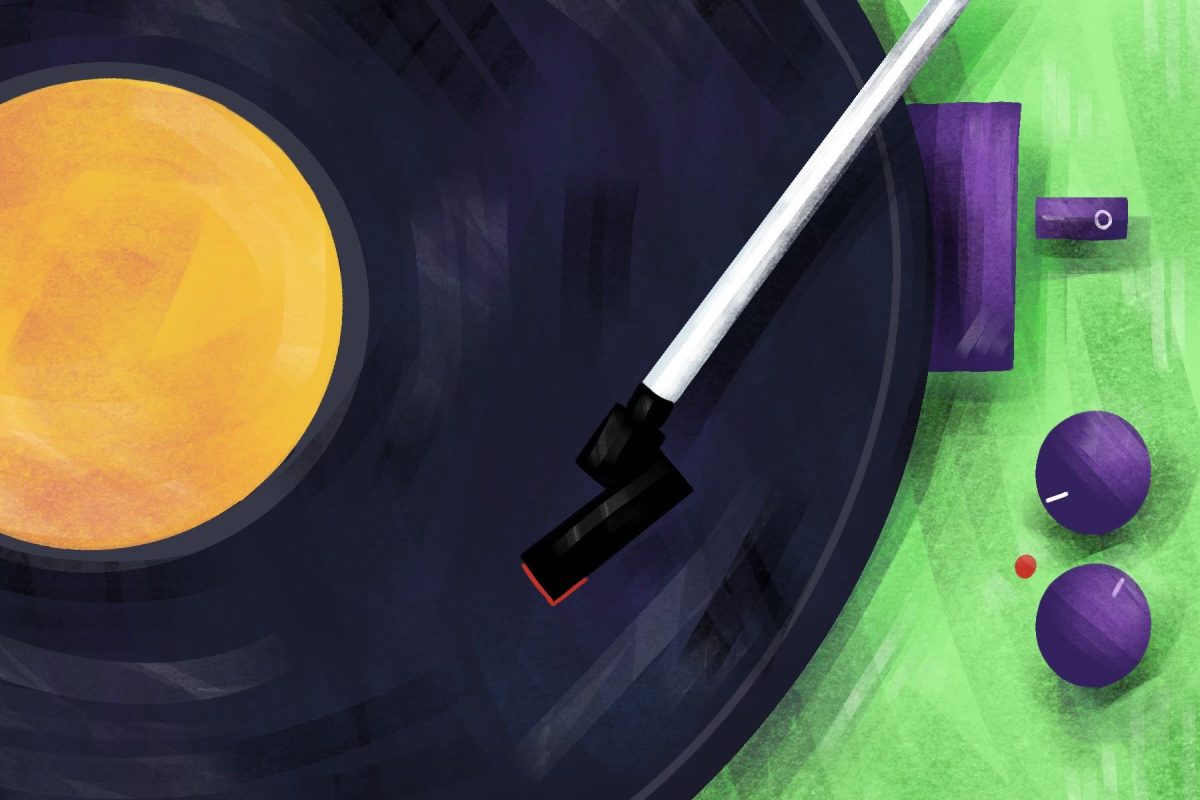After what seemed to be an entire 24 hours of chaotic shuffling, for the first time since the storm had begun, I found myself unable to move in a foreign field. I had never been there prior to that night. It wouldn’t have mattered if I’d been there 1,000 times; the rising sun of April 28, 2011 revealed a place nobody had seen before.
With my junior year at the University of Alabama coming to an end, I honestly believed I knew Tuscaloosa inside and out. But, as I looked out in front of me, I grasped for memories to fill the blanks left by the storm. To the northeast, I could see DCH Regional Medical Center in the distance. While the sight of a familiar landmark was comforting at first, I realized nothing remained between where I stood and that hospital half a mile away. Without having to turn around, I knew the sights behind me told the same story.
Helicopters flew over, slowly filming the debris from above. A reporter and a cameraman began to climb over the rubble and into our view, their eyes wide with disbelief and their movements cautious. The footage gave the nation its first look at the physical and emotional damage for which the tornadoes of April 27 were responsible.
With our fears confirmed, we left the scene. On the quiet ride home we watched a tired town awaken, people walking out onto their front porches and into the sunlight. Following the long, dark night, neighbors greeted each other with hugs, happy just to see each other again.
Rece Davis, a University of Alabama alumnus and current ESPN reporter, said that while the path of the tornado drew a line between the Alabama campus and the Tuscaloosa community, in many ways, it brought them closer together than ever before.
When I heard those words they rang in my ears. They were honest, accurate, yet unique. With the beginning of April 28, 2011, one chapter in our history ended and a brighter one began.
As we wandered into the tornado’s wake, we brought with us the energy of an Alabama game day. A sea of crimson poured out into the streets. In all directions, we saw T-shirts and hats with script A’s. Davis’ words resonated for a reason. He understood the common denominator in our community because he himself is a part of it.
It starts at our orientation with the Avantis shouting the fight song. It takes firm root at our first kickoff as the crowd collectively yells, “Roll Tide Roll!” Finally, it spreads across the world when we leave with a diploma.
I have worked this past semester as the Design Editor of The Crimson White. And while the stress has probably taken years off my life, I have had the opportunity to work in a real newsroom environment. This semester, The Crimson White has covered a wide variety of topics, some more read about than others. My job is simple: convince you to pick up the newspaper when you walk by it in the stands. I have to make it look good each morning upon delivery, no matter what the story is about.
Since most people don’t know my job exists, you could say it qualifies as behind the scenes. So with my graduation nearing, I decided to find the courage to step out from behind the curtain.
I’ve seen this school come leaps and bounds from where it was when I first arrived on campus. We’re building our brains at a school that we can be proud of for the rest of our lives, a school filled with brilliant professors and outstanding students. If you spend one fall Saturday in Tuscaloosa, you’ll find that we can put our heart into just about anything, especially football.
With a quickly growing student body, we reach out for smaller organizations on campus that we can put our passion into. Whether it’s playing in the Million Dollar Band, joining a fraternity or sorority, helping with a local charity or shooting a movie on-campus, we find something to do to with other people. And whatever it is we do, we want to be the best at it. But as passionate people, our drive can lead to hostility.
This campus has historically had its share of division, and in some ways those divisions do still remain. However, these controversies remain a relevant issue as a result of the actions by just a miniscule percentage of the population. An individual who chalks a racial slur on the side of a building shows me somebody who lacks courage and has no part in our community at the University. The rest of us are better than that.
We study amongst people from around the world and just down the street. We all followed our own brick road to this campus, whether it was scholarship, family, friends or even the lure of the Walk of Champions. We come to this university, and for the first time in most of our lives, create our own home. That’s what shapes our character at the University; if you want to make a home here, you must buy in to the brain, heart and courage our community searches for.
The tradition of those at the University before us laid the bricks for our time on campus. The tornado of April 27, 2011 showed we have the ability to lay a little brick of our own for those to come. We all remember that day like a vivid dream. In one way or another, you were there, but I will never forget how April 28 showed me there’s no place like sweet home Alabama. Roll Tide Roll.
Kyle Carey is the Design Editor of the Crimson White.



